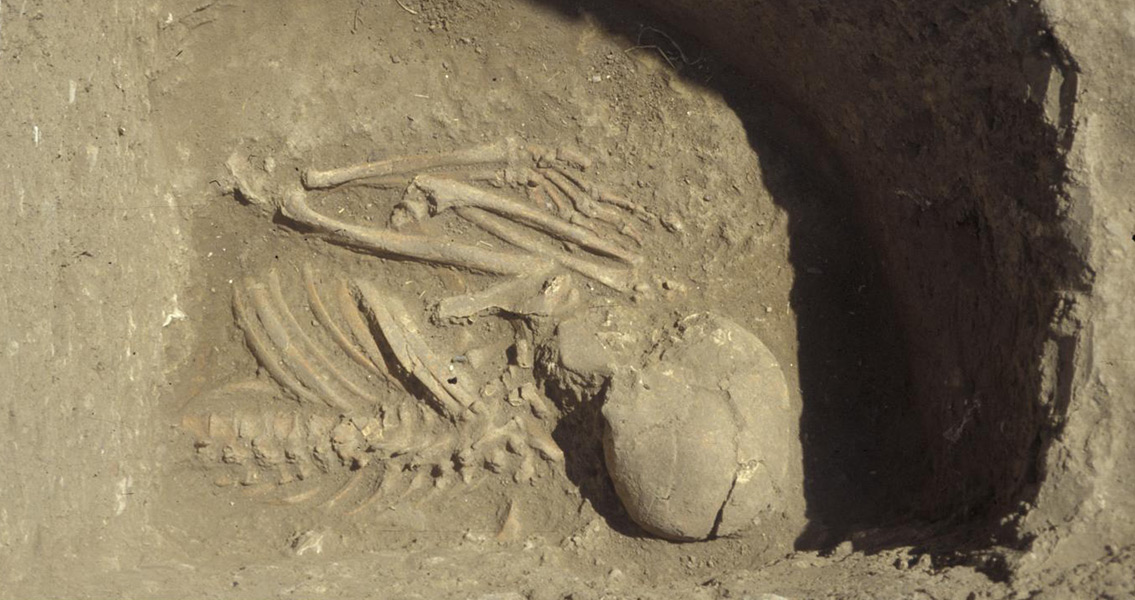<![CDATA[The story begins at grave number six, and ends in modern Europe. Grave number six is located in Anatolia, Turkey, at the Kumtepe archaeological site which was first excavated in 1994. When Ayco Omrak, a doctoral student, studied the DNA taken from the human remains found in grave number six, she was able to verify Anatolia’s role in spreading agriculture and farming throughout Europe approximately 8000 years ago. This recent international study which was coordinated in Stockholm, has determined that at the time farming began to appear in Europe, Anatolia functioned as a critical hub by spreading these new ideas to the west - right along with the DNA traits still carried by Europeans today. Although the material taken from Kumtepe was badly degraded and exceedingly difficult to work with, experts were able to extract enough DNA to piece together another part of the puzzle archaeologists are working on in their efforts to clarify the demographics connected to the spread of farming. The research was conducted at the Archaeological Research Lab rotary at Stockholm University. The archaeological site Kumtepe is the oldest permanent settlement in northwestern Anatolia, very close to where Troy was later built, and consists of four different layers. The first Kumtepe settlement was founded in 4800 BCE and then abandoned around 4500 BCE. The next settlers arrived in Kumtepe about 3700 BCE and Troy was colonized shortly after 3000 BCE, likely populated by the inhabitants of Kumtepe. The top two layers have been widely disturbed in the past century, the remaining two layers however are relatively undisturbed and as such are especially interesting to archaeologists. According to an Associate Professor in Osteoarchaeology (the scientific recording, recovery, excavation, and analysis of ancient human remains) involved in the research; the DNA was used to trace the first European farmers back to Anatolia, confirming the area's important role in the cultural history of Europe and the need for additional research in the area. Even with the difficulties of a hot climate and degraded DNA these results stress the importance of Anatolia and may be the key to determining exactly how agricultural development expanded and hunter-gatherer societies evolved into farming societies. Anatolia (known in ancient times as Asia Minor) lies on a peninsula between the Mediterranean Sea, the Black Sea and the Aegean Sea located in the Asian part of Turkey. Because it's located at the point where the continents of Europe and Asia meet, Anatolia was a crossroad for numerous people moving back and forth between the continents, whether to trade, migrate or conquer, from the beginning of civilization. While The Neolithic period began around 7300 BCE (and lasted until approximately 6250 BCE), in the Middle East the first signs of a Neolithic transition from gathering food to producing food have been dated to around 9000 BCE. The research group in Stockholm is currently continuing and expanding its collaboration with colleagues in both Anatolia and Iran. Image courtesy of Project Troia, thanks to Peter Jablonka. ]]>
DNA Connects Anatolia and First European Farmers
